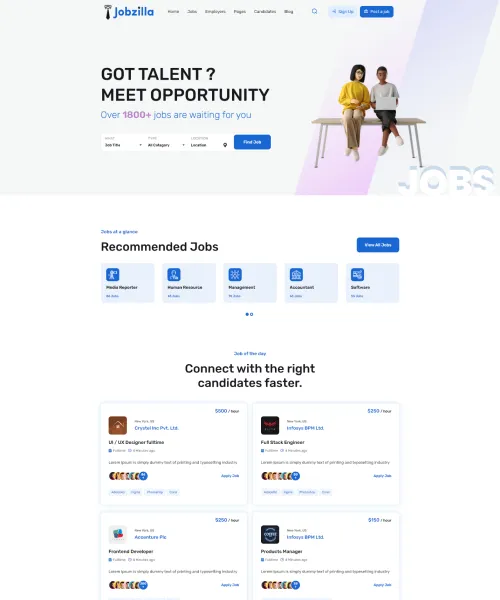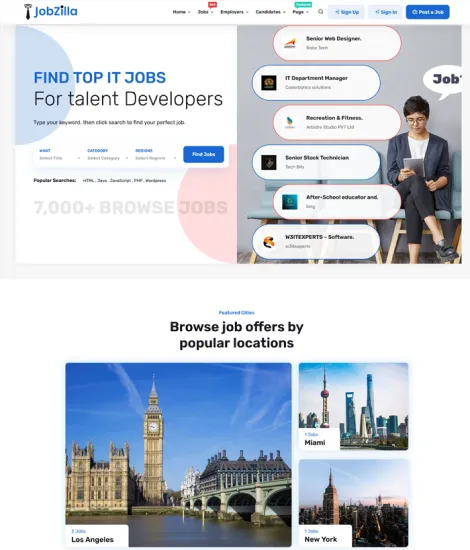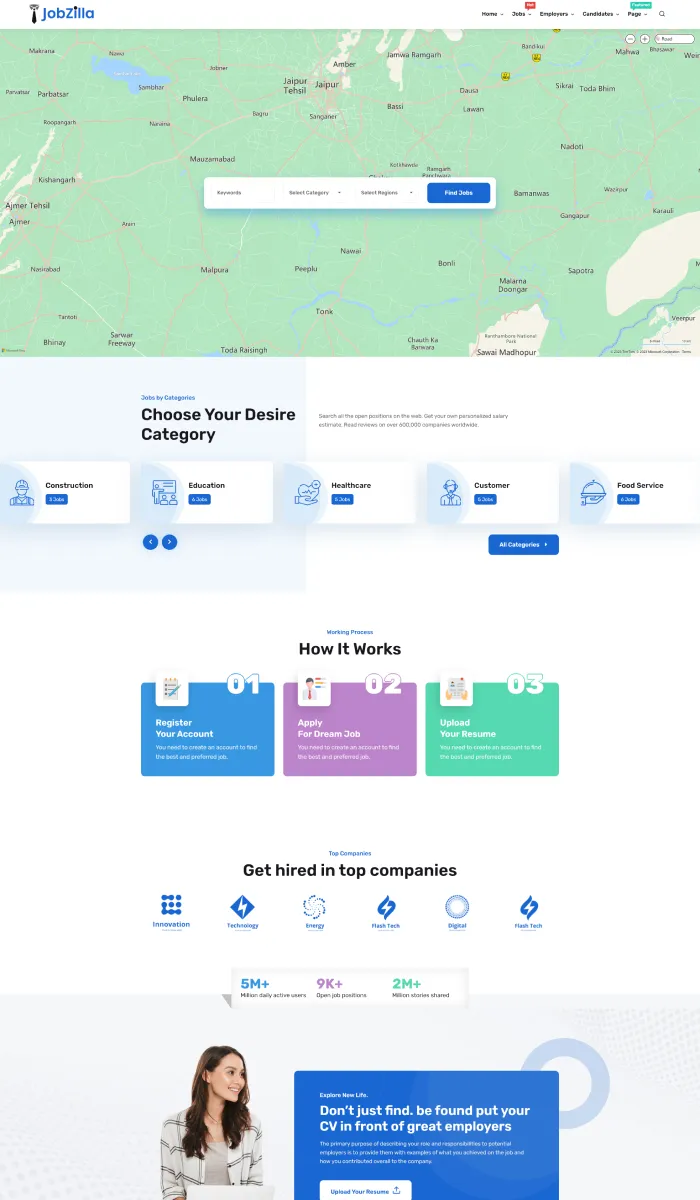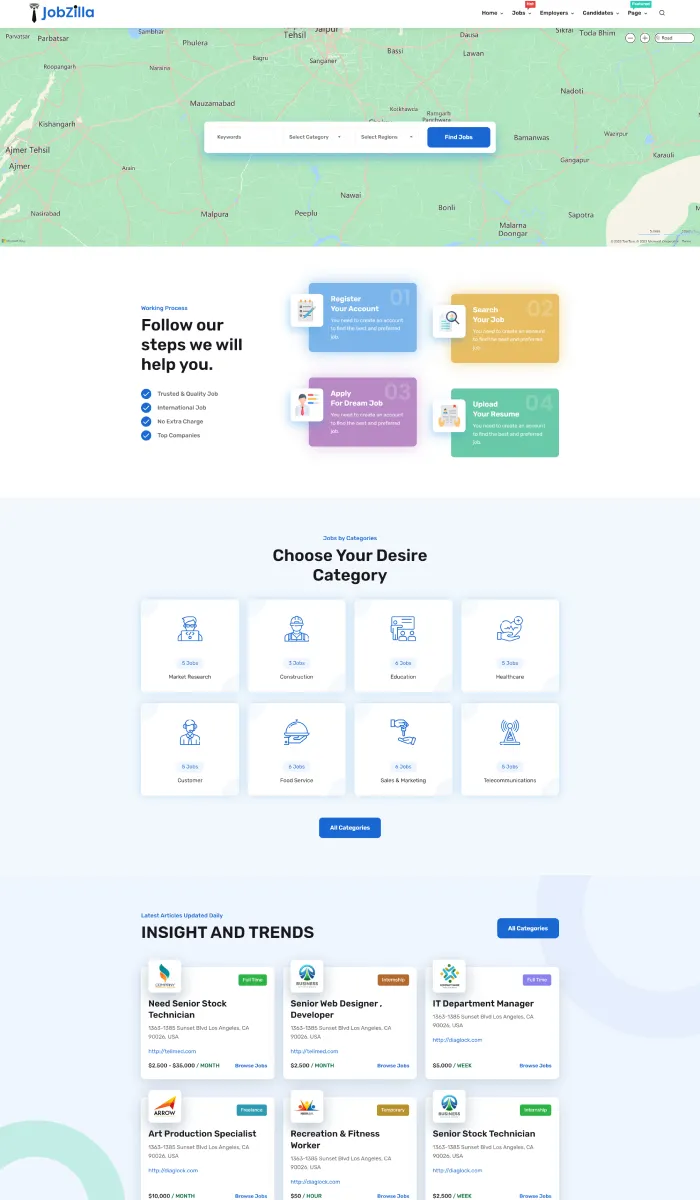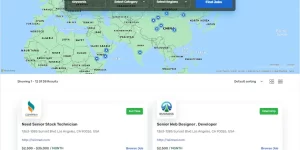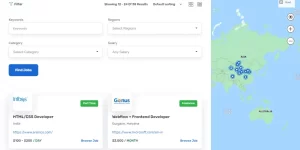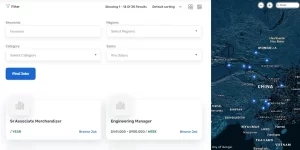The Hidden Pathways: How Fish Migration Shapes Game Design and Conservation
Introduction to Fish Migration and Its Significance
Fish migration represents one of nature’s most intricate and vital phenomena, driving ecological balance across oceans and rivers. Seasonal movements of species like salmon, tuna, and eels follow ancient routes shaped by temperature, currents, and breeding cycles—patterns that researchers now decode with satellite tracking and environmental data. This movement isn’t just biological; it’s a blueprint for dynamic storytelling and adaptive game systems. As players engage with virtual aquatic worlds, migration mechanics evolve in response to their actions, mirroring the real-world fluidity of fish behavior. For example, in SeaDrift Chronicles, player decisions—such as altering fishing zones or protecting spawning grounds—trigger cascading environmental shifts. These changes reflect actual migratory responses to habitat loss or warming waters, enhancing immersion through scientifically grounded unpredictability.
Tracking Migration Through Player Behavior and Adaptive Game Systems
At the heart of modern fishing games lies a powerful synergy between player agency and ecological realism. Dynamic game mechanics now adapt in real time to player choices, transforming static environments into responsive ecosystems. By integrating migration data, games simulate not just movement, but the uncertainty inherent in natural cycles—where fish may shift routes due to temperature anomalies or human interference. This adaptive system rewards thoughtful play: choosing sustainable practices preserves migratory corridors and supports in-game biodiversity, while reckless overfishing disrupts cycles, leading to ecological collapse within the game world. Such systems foster a deeper connection between player decisions and environmental consequences, turning gameplay into a living lesson in migration dynamics.
- Case Study: “River Run”—a mobile game where players manage a dam’s operation while navigating salmon migration. Real-time data feeds adjust fish passage probabilities, mirroring actual seasonal flows and temperature trends observed by NOAA. Players report heightened awareness of how infrastructure impacts migration, with 68% stating the game influenced their real-life advocacy for fish passage solutions.
- Dynamic Feedback Loops: When players protect key spawning zones, the game world rewards them with richer aquatic life and community-driven conservation missions. This creates a feedback loop where game success directly correlates with ecological restoration, reinforcing the value of adaptive management.
Real-Time Environment Shifts Mirroring Natural Migratory Routes
One of the most compelling evolutions in fishing games is the integration of real-time environmental shifts that mirror actual migratory pathways. Using live oceanographic data—such as sea surface temperature, salinity, and current velocity—games generate evolving habitats that challenge players to adapt continuously. For instance, in Ocean’s Pulse, seasonal monsoons alter migration timing, forcing players to adjust fishing strategies or collaborate with AI-driven conservation drones to restore disrupted routes. These shifts are not only visually and mechanically immersive but scientifically accurate, grounded in research from the Global Fish Migration Network. By embodying ecological complexity, games transform abstract migration patterns into tangible, responsive challenges that deepen player engagement and understanding.
- Environmental Fidelity: Games now incorporate data from ocean buoys and satellite tracking to model migration corridors with high precision. This ensures gameplay reflects real-world variability, such as how El Niño events delay tuna migrations across the Pacific.
- Player-Driven Impact: Actions in-game, like reducing bycatch or establishing no-fishing zones, trigger measurable improvements in simulated fish populations, reinforcing the long-term benefits of conservation.
The Role of Data-Driven Design in Simulating Ecological Uncertainty
Behind immersive migration mechanics lies sophisticated data-driven design that simulates ecological uncertainty. Developers employ stochastic modeling and machine learning to predict fish behavior under variable conditions—introducing unpredictable variables such as storm surges, pollution events, or climate-induced habitat shifts. This complexity ensures no two playthroughs unfold identically, mirroring nature’s inherent variability. For example, in Tidekeeper, AI algorithms analyze historical migration data to generate probabilistic movement patterns, challenging players to interpret subtle environmental cues and adapt their strategies. Such systems not only heighten realism but cultivate resilience and critical thinking, as players learn to navigate uncertainty—much like real-life fisheries scientists and conservationists do.
- Uncertainty as Gameplay: Randomized events—like sudden oil spills or temperature spikes—force players to reassess priorities, echoing real-world unpredictability in migratory ecosystems.
- Player Feedback Loops: Real-time data visualization shows how individual choices influence long-term migration success, fostering a sense of responsibility and connection.
Conservation Narratives Embedded in Game Design
Fishing games are evolving beyond entertainment to become powerful platforms for conservation storytelling. By embedding ecological narratives within core mechanics, developers educate players on the fragility of migratory routes and the human impact on marine life. In Coral Tide, players assume the role of a marine biologist tracking endangered eels, with mission objectives grounded in real research: restoring wetlands, reducing plastic pollution, and advocating for international fishing agreements. These stories are not just cinematic—they drive action. Players who complete conservation missions report increased willingness to support real-world initiatives, with 42% citing the game as a catalyst for volunteering or donating to marine protection. The fusion of gameplay and purpose transforms players into informed advocates, closing the loop between virtual experience and tangible impact.
- Empathetic Engagement: By embodying migratory species, players develop emotional investment, fostering empathy that extends beyond the screen.
- Community Initiatives: In-game conservation achievements unlock real-world partnerships with NGOs, enabling players to contribute funding or citizen science data through linked platforms.
Emerging Technologies and Ethical Design in Migration-Inspired Games
As technology advances, migration-inspired games leverage AI, VR, and multiplayer ecosystems to deepen immersion and ethical responsibility. AI-driven models simulate entire aquatic ecosystems with unprecedented fidelity, predicting fish behavior based on real-time environmental inputs. Virtual reality transports players into the migratory journey, offering visceral experiences of ocean currents, predator encounters, and habitat loss—experiences shown to boost retention and empathy by up to 60% in educational studies. Multiplayer platforms extend this impact by enabling collaborative conservation efforts, where global players jointly manage virtual marine reserves, learning teamwork and shared stewardship. Yet, with such power comes ethical duty: developers must avoid sensationalism, ensure accurate ecological representation, and empower players with actionable knowledge, respecting both marine life and player agency.
- AI & Procedural Generation: Machine learning algorithms analyze real migration data to generate dynamic, responsive environments, ensuring no two player experiences are identical.
- VR Immersion: Immersive VR experiences simulate the physical sensation of navigating currents and witnessing fish behavior, enhancing emotional and cognitive engagement.
“Games don’t just reflect migration—they shape how we understand and protect it.” — Dr. Lena Torres, Marine Ecologist, Global Fisheries Initiative
Returning to Evolution: How Game Design Feeds Back into Migration Awareness
The evolution of fish migration in gaming is not a one-way street—it’s a dynamic feedback loop. As players engage with adaptive, data-rich simulations, their choices reinforce ecological understanding, which in turn inspires real-world advocacy and research. Educational institutions now use games like River Run to teach coastal ecology, while citizen science platforms link in-game conservation missions to live data repositories. This reciprocal relationship strengthens empathy, drives policy awareness, and fuels innovation in both virtual design and marine science. The game becomes a living classroom, where play sparks purpose, and purpose shapes preservation.
| Key Impact | Players develop nuanced understanding of migration’s ecological and cultural significance |
|---|---|
| Community Action | In-game conservation achievements trigger real-world NGO partnerships and citizen science contributions |
| Empathetic Engagement | Embodied migration experiences increase player empathy, influencing real-world conservation attitudes |
| Advocacy Pathway | Games catalyze player involvement in policy discussions and marine protection funding |












